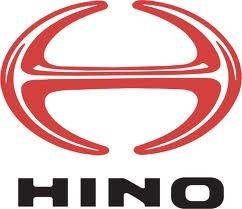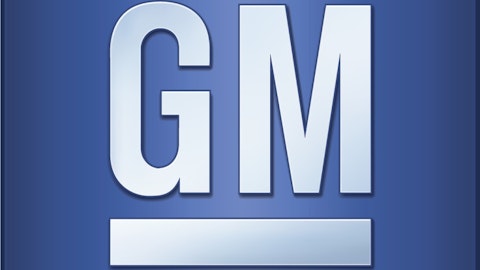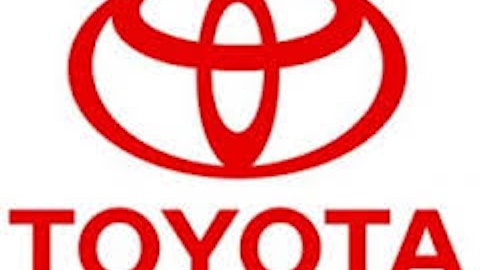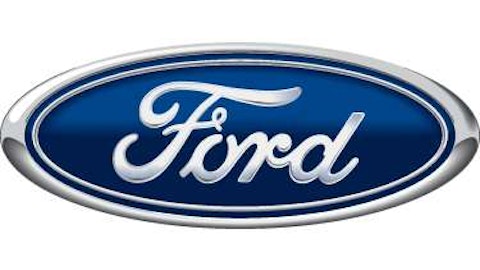It’s no secret that investors often look for “safer” investments during periods of uncertainty. And so, as investors and analysts approach the upcoming months with a combination of trepidation and cautious optimism, many investors may start to move toward those low-risk stocks. Here’s the catch, though: That’s not always a good move.
What makes an investment “safe?” Presumably, when it’s less risky. For example, a savings account deposit — even if it only offers 0.10% monthly interest — is a very safe investment. Even if the banks did fail, each account carries FDIC insurance (up to $250,000). But stocks are a bit trickier.
Don’t put all of your eggs in one basket
There are two types of stock risk, the first of which is unsystematic risk, which refers to company- or industry-specific phenomena. For instance, an investment in a food supplier leaves the investor open to huge losses if an unexpected plague hits. Of course, investors can reduce their exposure to this risk, also known as diversifiable risk, by leaving their portfolios open to a variety of companies and industries. In the case of the plague, gains from investments in banks, manufacturing, or pharmaceuticals can offset those specific losses.
The elephant in the room
However, the second type of risk—systematic risk—is tougher to gauge. When analysts decide whether to rate a stock as “buy” or “sell,” they typically weigh some aspect of a company’s ability to generate cash for investors (dividends, cash flow, earnings, or some other mechanism) against a measure of that company’s systematic risk—that is, how much extra risk the company carries that cannot be avoided by diversification. No matter what happens, an investment in the stock market carries more risk than simply putting money in the bank—systematic risk tries to quantify just how much extra risk comes from this decision.

Take a look at the three automotive companies* with the lowest beta values**:
| Company Name | Ticker | Beta Value |
|---|---|---|
| Hino Motors, Ltd. (ADR) (OTCMKTS:HINOY) | OTCMKTS:HINOY | 0.681073 |
| Toyota Motor Corporation (ADR) (NYSE:TM) | NYSE:TM | 0.821911 |
| Nissan Motor Co., Ltd. (ADR) (PINK:NSANY) | PINK:NSANY | 0.845934 |
Here is the conventional logic: If I think the stock market will soon tank, I should put my money into a company like Toyota Motor Corporation (ADR) (NYSE:TM), since for every dollar the S&P 500 loses, Toyota will only drop $.82. On the flipside, BYD Company (not among the three above) posts the highest beta among automotive companies, theoretically dropping over $2 for every $1 surrendered by the S&P.
There’s nothing wrong with taking on less risk; there’s everything wrong with doing it blindly. Here’s a quick take on all three companies in the table above:
Hino Motors, Ltd. (ADR) (OTCMKTS:HINOY is a truck company, majority-owned by Toyota Motor Corporation (ADR) (NYSE:TM) but publicly traded. Although not in a bad position, having recently reached its 200th dealer point and showing aggressive plans to continue growing, Hino does not fit the profile of a company impervious to fluctuations; it’s a growth stock. Even at its current P/E of 17.8 (higher than the S&P and industry averages), it requires a little bit of growth to justify the price. For its forward P/E of 119.7, however, the stock certainly requires a huge adjustment over its forecast earnings. Operating income recently exceeded 2008 levels for the first time, but it’s still a stretch to say that Hino will hold serve with the earnings, and Hino needs to grow them. Market going up or down, it would be no surprise to see Hino fall.
Toyota Motor Corporation (ADR) (NYSE:TM) recently sustained its title as the world’s number-one automaker, and while it currently flaunts a P/E well above that of its industry partners, forecast earnings expect to knock that down to the range of 13. Unfortunately for Toyota, it has few options for further growth, besides simply cutting costs and increasing earnings that way (which is becoming increasingly difficult with environmental restrictions). It’s not that Toyota is a sell, but simply that it’s pretty close to a fair price. Sure, you might not lose as much money if you invest in Toyota, but there’s no reason to expect you’ll make any, either. And if you’re in the stock market to lose the smallest possible amount of money, you’re in it for the wrong reasons.
Finally, Nissan Motor Co., Ltd. (ADR) (PINK:NSANY) actually looks like a decent investment. Although it faces similar problems to Toyota Motor Corporation (ADR) (NYSE:TM)regarding limited global market share, it has the advantage of a smaller size of that market share, thus leaving it capable of growth within the automotive industry. Furthermore, the company uses a unique cross-ownership with Renault to cut costs, and has opened the possibility — and risk — of leading the movement into all-electric vehicle power. However, that last factor is a major uncertainty, and if the investment does not pay off, Nissan could struggle. For all of the great things going for it, Nissan remains a fairly risky play.
Safely choosing the safest stocks
It is also important to keep in mind that mid-cap stocks have historically outperformed their larger peers. Traditionally, analysts would expect large-cap stocks to have the lowest beta values, since they have attained—at that point—a fairly consistent performance. The key lesson, of course, is that—as with everything else in the stock market—numbers do not generally mean exactly what they seem to say. In a risky market, it makes sense to cut back on risk, but not in an absolute sense. It certainly would seem a bit reckless to put too much money in a company like BYD, which has a risk level to match its beta. But, to the long-term investor, the stock market is less important than the company, so risk assessments should focus more on a company’s ability to remain or become consistently profitable. Risk—both systematic and unsystematic—plays a role, but it should only influence investment decisions, not make them.
*Taken from a Morningstar list of competitors in the automotive industry
**Calculated using historical data from Yahoo! Finance and the author’s own calculations
Will Chavey has no position in any stocks mentioned. The Motley Fool has no position in any of the stocks mentioned.
The article In a Risky Market, Safe Stocks Are Often not the Answer originally appeared on Fool.com.
Copyright © 1995 – 2013 The Motley Fool, LLC. All rights reserved. The Motley Fool has a disclosure policy.


